How to Grow Dahlias for a Fabulous Summer & Fall Display
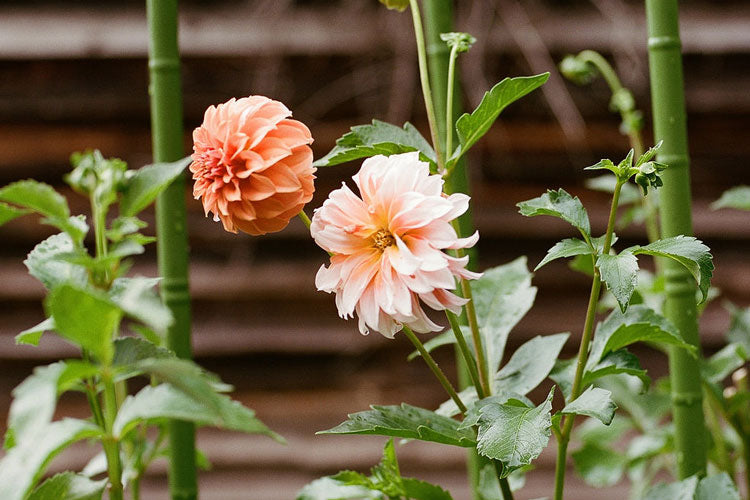
From their unique blooms and diversity of colors and styles to their extended growing season and low-maintenance requirements, dahlias are a wonderful choice for anyone interested in growing cut flowers or enjoying a colorful garden. All you need is the right strategy.

To get you started, Be Just, your source for domestic tools and botanicals, outlines the journey from tuber to bloom. We also discuss growing dahlias in pots, planting in hotter and colder climates, overwintering, and much more.
Fun Fact: The American Dahlia Society recognizes 42 species of dahlia and nearly 60,000 different cultivated varieties (cultivars).

It all Starts With a Tuber
For most gardeners, the dahlia journey begins with a tuber. These tubers are similar to bulbs but with thinner skin like a potato. In fact, the Aztecs may have originally grown dahlias as a food crop for their starchy roots. But if you save and care for them, these tubers will produce hundreds of flowers over their lifetime.

What’s more, the mother tuber can produce as many as 10 new tubers a season. You can divide these new tubers the following season to multiply the original plant.
To begin planting dahlias with tubers:

1. Find a Sunny Location
Dahlias need full sun, with at least 6 to 8 hours of direct sunlight per day. Morning sunlight is especially good because it won't overheat your plants. We also would recommend planting dahlias east-facing in hot and humid climates, like we have in Virginia. The afternoon heat is tough on dahlias, just like it is on people. Gardener’s tip: If possible, find a wind-protected spot.

2. Use the Right Soil
Dahlias benefit from rich, well-drained soil. We highly recommend working some manure into the mix before planting. Steer manure is really the best option, even better than compost. Where compost will give you lush green foliage, it’ll also give you poor blooms. Secondly, clay soil should be amended so that it drains better. Tubers will rot if they become waterlogged. We use "grit" (poultry grit, builders' sand) to help with drainage.

3. Plant at the Right Time
Planting times vary depending on your growing zone, but generally fall in mid- to late spring. You just want to ensure it’s after the last frost. Gardener’s Tip: Know your plant hardiness zone by consulting the USDA Plant Hardiness Zone Map. In Virginia, since we have an extended growing season you can plant tubers throughout June. I’ve even planted them in July and had a wonderful fall display.

4. Dig to the Right Depth
Dig a hole four to six inches deep. Place your dahlia tuber on its side with the eye of the dahlia tuber facing up. Gently cover up the dahlia tuber with good soil. Gardener’s Tip: It’s best to space your dahlia tubers at least 12-18 inches apart. That said, I encourage people to break and bend the rules a bit. Gardening is meant to be loose and fun. I’ve certainly crammed dahlias “too close together” before, but still had incredible blooms.

When planting in pots, we recommend going no smaller than a five-gallon capacity. Bigger is better in the case of dahlias.
Starting From Seeds
You can also grow dahlias from seed. To do so, you’ll want to sow the seeds indoors six to eight weeks before your last frost. After the last frost, you can transplant the seedlings outdoors. What’s fascinating is that, unlike tubers, which are clones of a parent plant, seeds produce entirely new genetic combinations!
While the variety can be exciting, it can take significantly longer to achieve the desired blooms that most gardeners are looking for in their dahlias.

Maintaining Your Dahlias
Dahlias are relatively low-maintenance, but to get the most out of them, you’ll want to water them, support them, and pinch them effectively. In order to get the best results:

1. Watering Your Dahlias
The moisture in your soil will generally be enough for your dahlias to sprout without you needing to water. However, watering too soon can result in rot, so we recommend waiting until your dahlias have their first set of leaves.
Once your dahlias sprout, give your plants a deep watering 3-4 times per week. Because some species of dahlias are sensitive to heat, you should water them daily if you experience a string of especially hot days. When doing so, check to ensure the soil isn’t too wet. If the soil is still soggy a few hours after watering, you’re likely overwatering.

2. Staking Your Dahlias
When your dahlias are tall and their blooms are big, they run the risk of breaking and bending. To avoid damage, support your plants with stakes and soft ties or tomato cages. If you’re growing rows of dahlias, use the Corral Method to lay out your stakes and twine.

3. Pinching & Deadheading Dahlias
As your dahlias mature, you’ll need to pinch them to encourage the plant to branch out and produce more stems. Pinching them can delay flowering by a week or so, but ultimately, you’ll get far more blooms.
When your dahlia plants reach 12-18 inches in height (or have four pairs of leaves), you’ll want to pinch them. Find the center stem and cut back about three to four inches, removing the top pair of leaves, leaving you with three sets.
Once dahlias are flowering, you’ll also want to deadhead them, meaning you remove dead blooms to encourage more flowers. Deadheading regularly will extend your blooming season until the first frost, stimulating growth and reducing disease risk (they’re particularly susceptible to powdery mildew). Maintaining the plant will keep your dahlias blooming heavily from mid-summer to frost.

4. Weeding Around Your Dahlias
Consistent weeding ensures the soil nutrients are going to your dahlias and not to weeds, increases airflow (which reduces disease risk), reduces pests (slugs love them), and makes it easier to harvest flowers. Some people like to top their garden beds with mulch early in the year to keep down weeds. But even then, you’ll likely see some appear. Weed by hand, especially when you’re close to the base of the plant, as it’s easy to damage shallow roots with gardening tools.

Storing & Multiplying Tubers
In growing zones 8-10, you can actually leave your tubers in the ground over winter. Below zone 8, however, we recommend digging up your tubers from the ground and storing them inside over winter to protect them from freezing and rotting.

It’s during this time that you have an opportunity to divide your clumps of dahlia tubers to increase your yield.. To successfully store your tubers:
- Dig up the tubers after hard frost
- Air-dry tubers in a dark space (three to seven days)
- Store in a cool, dark, dry place

A Favorite Among Floral Designers
Dahlias are a favorite among gardeners and floral designers alike for fresh-cut flower displays thanks to their vibrant colors, an impressive variety of shapes and sizes, and long vase life. Their blooms can add striking visual interest and texture to any bouquet. With proper care, dahlias can produce blooms from mid-summer until the first frost, giving you a continuous supply of fresh flowers to brighten your home and share with others.

Where Flowers Bloom, So Does Hope
Gardening is one of the most beautiful rituals a person can practice. It’s good for the senses and the soul. And the show-stopping nature of dahlias is undeniable. When you’re ready to dig in the dirt a bit, make sure you have the right tools for the job by visiting our Flower & Garden Collection.

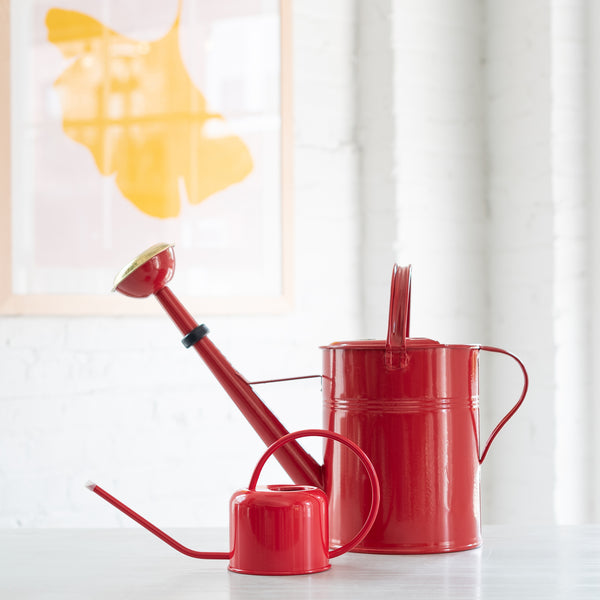
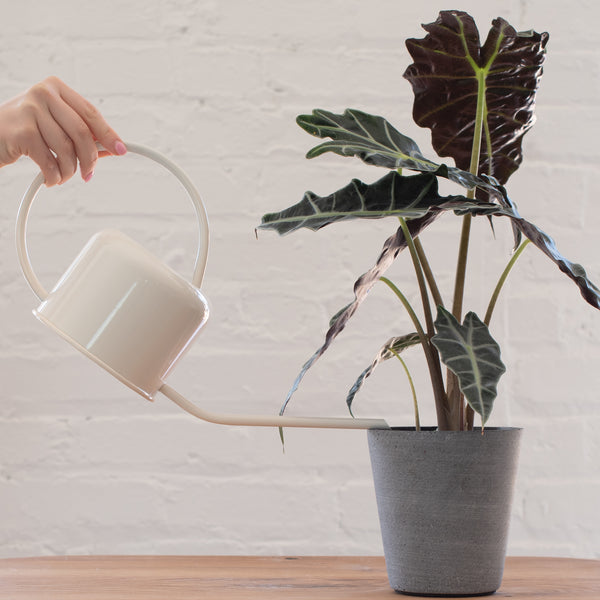
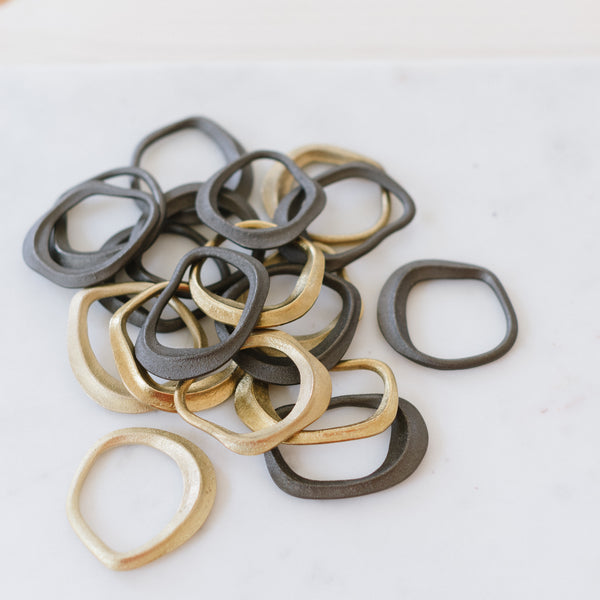

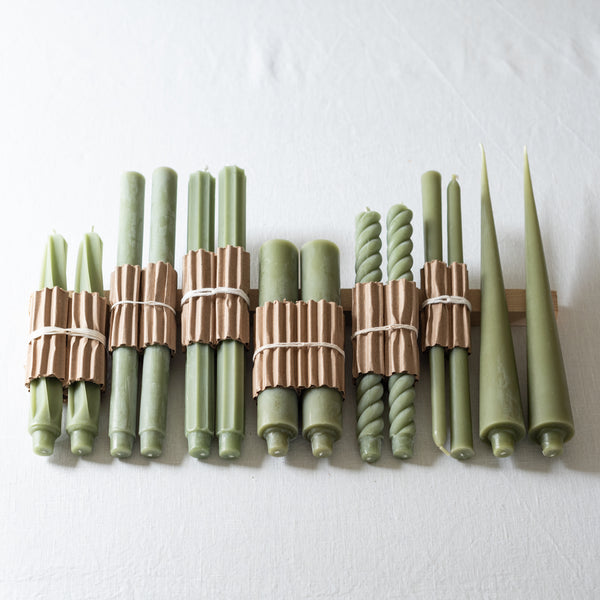
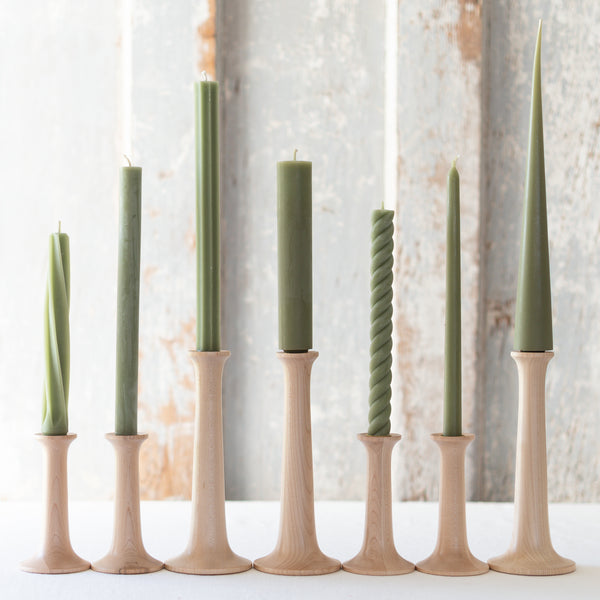
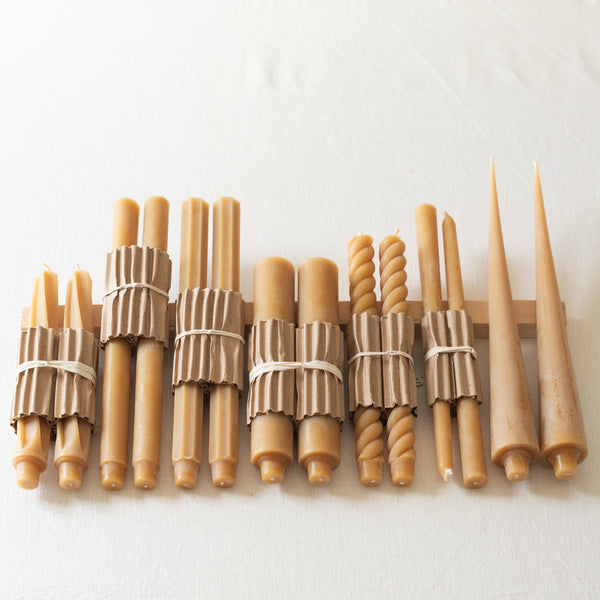
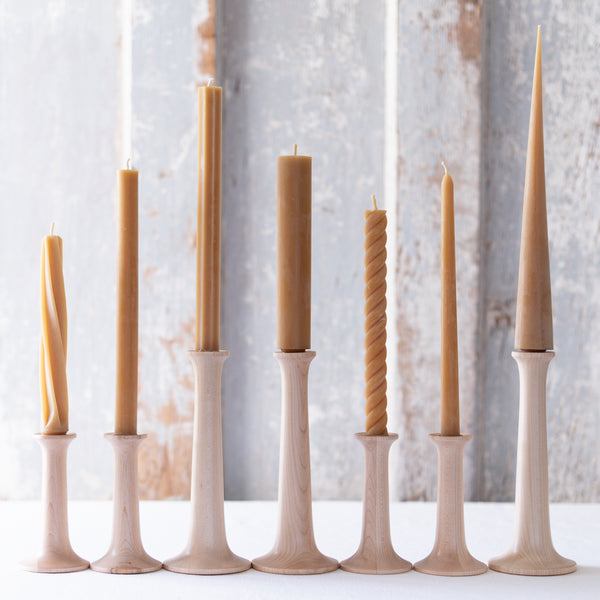
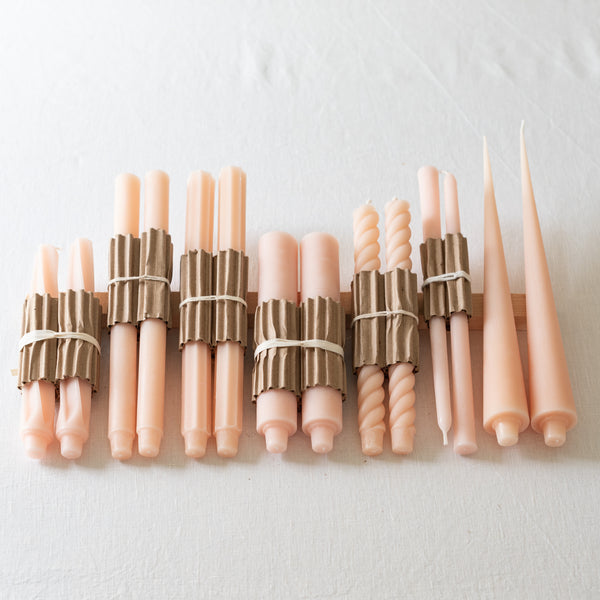
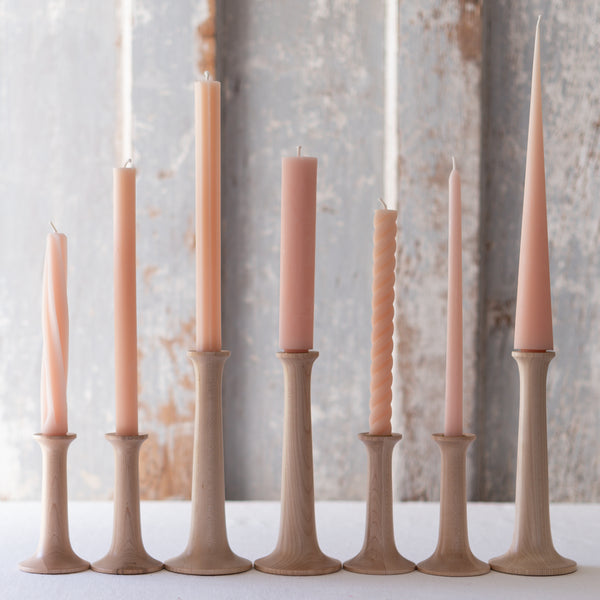
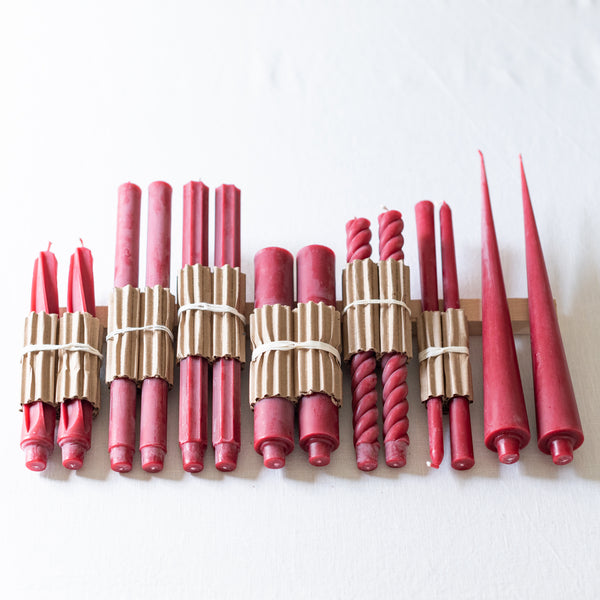
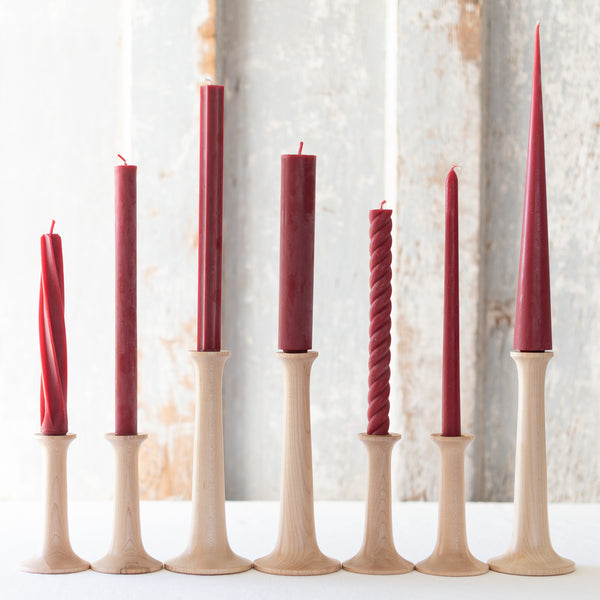
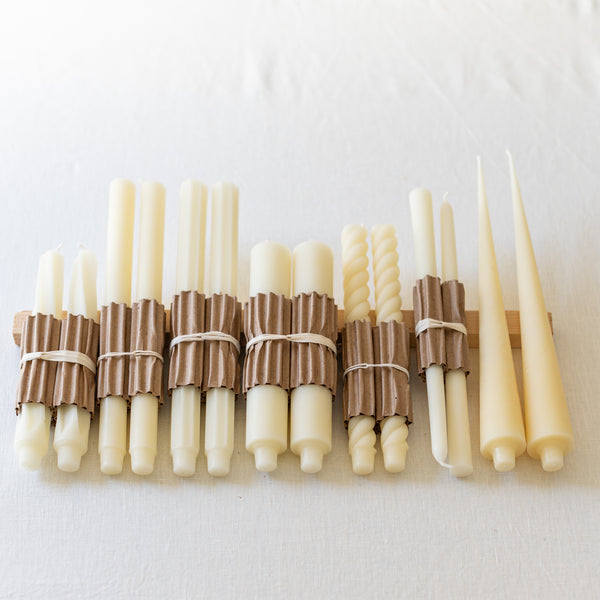
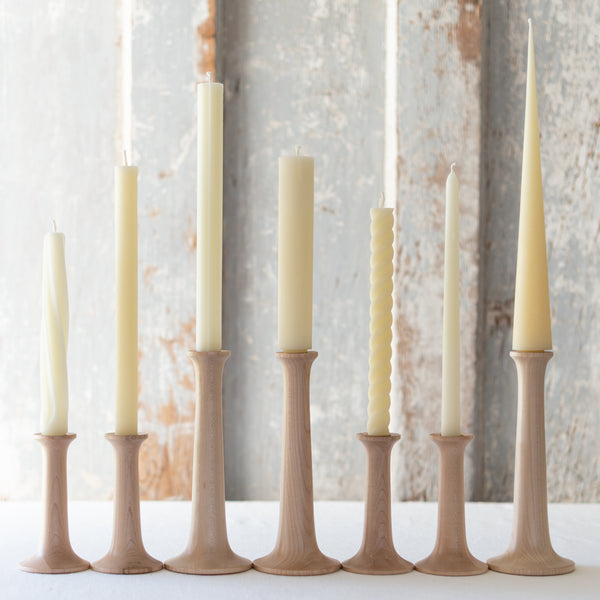
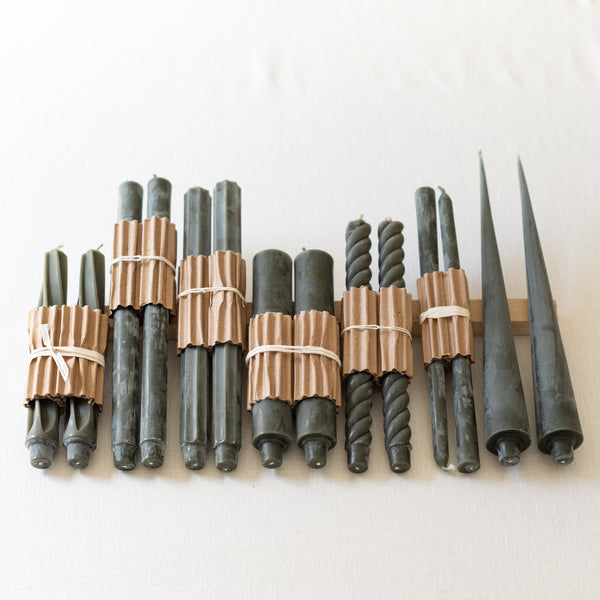
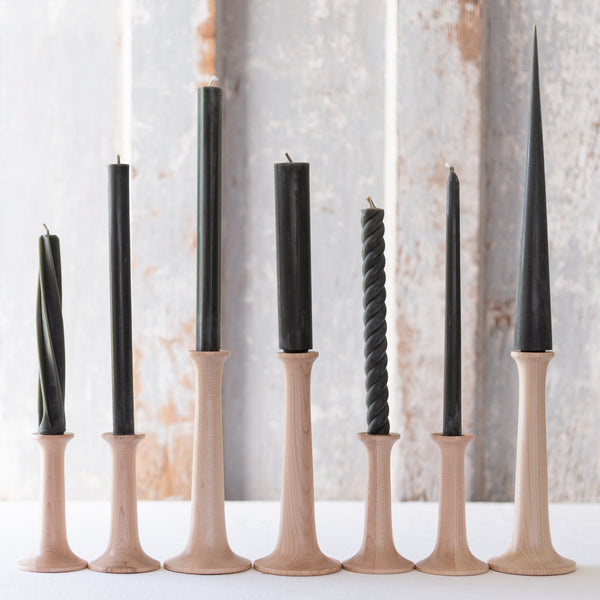
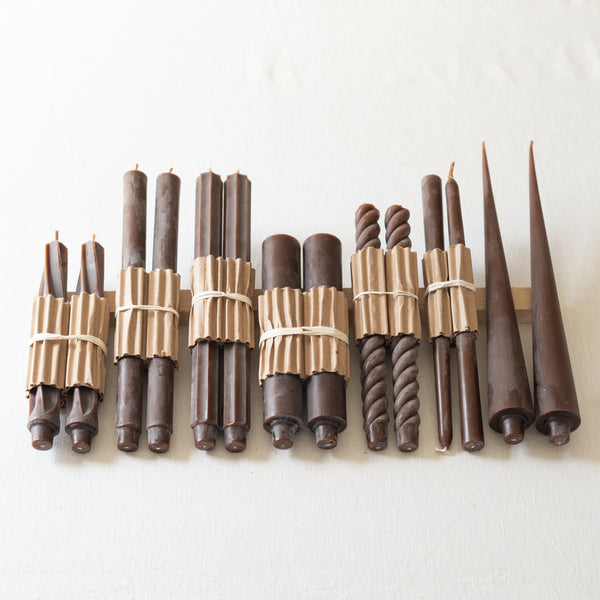

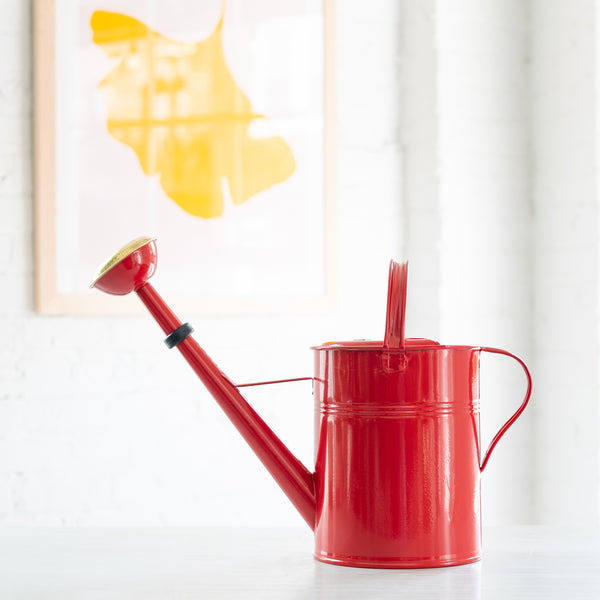
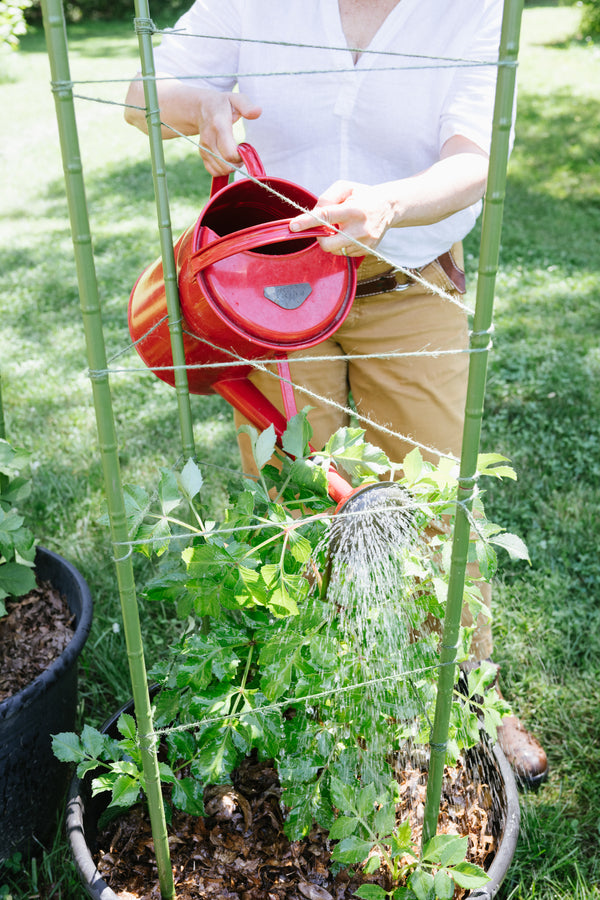
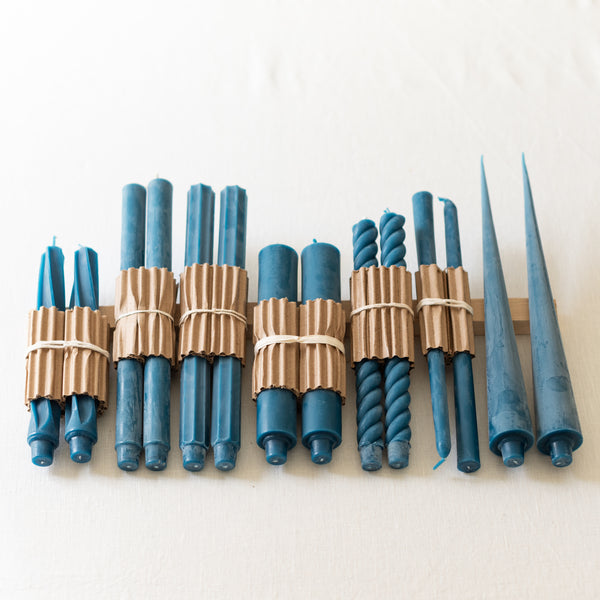

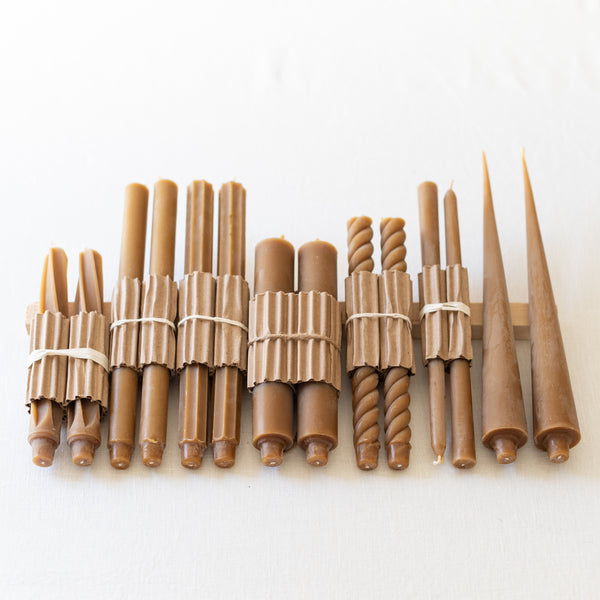
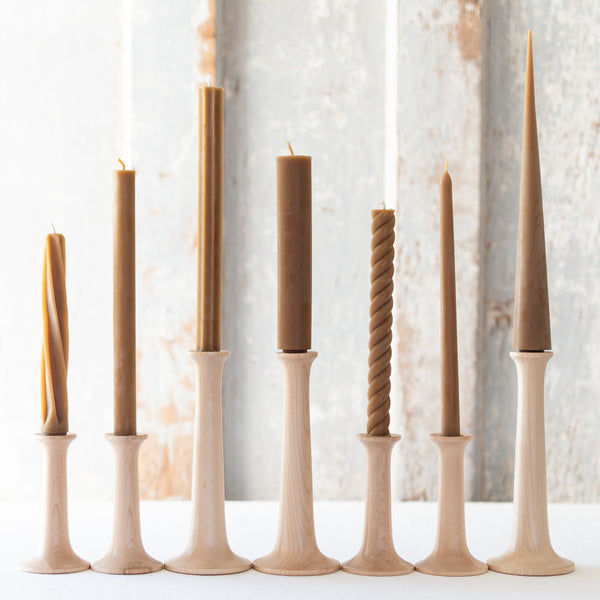
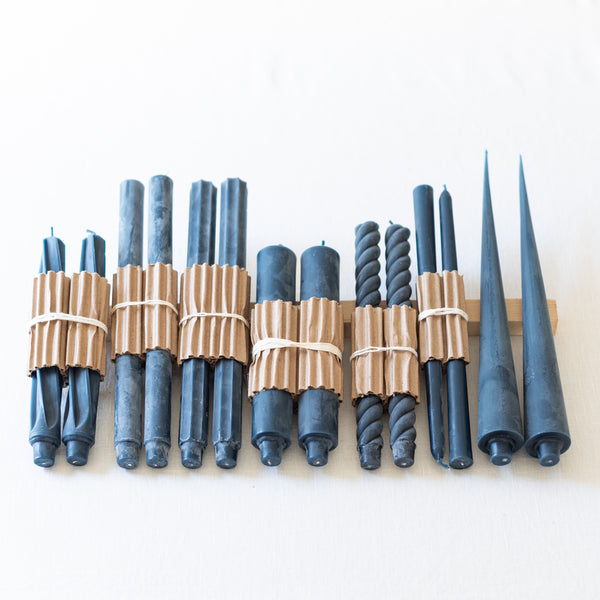
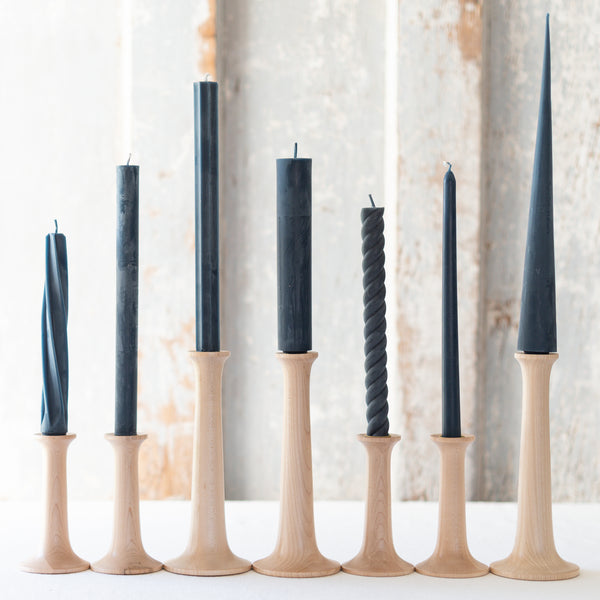
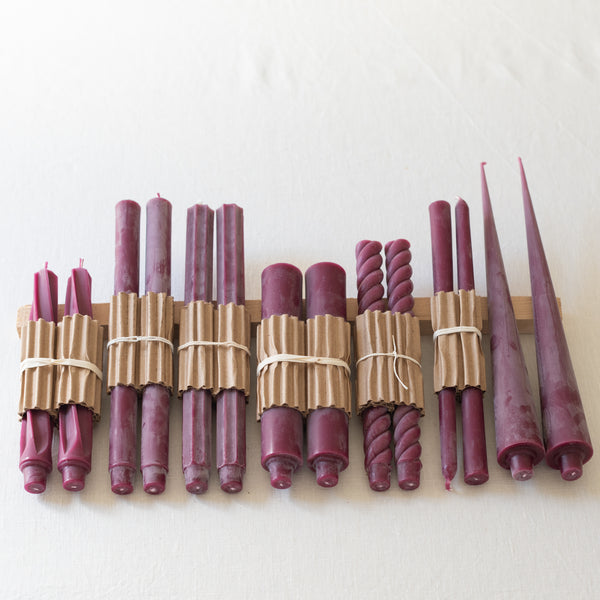
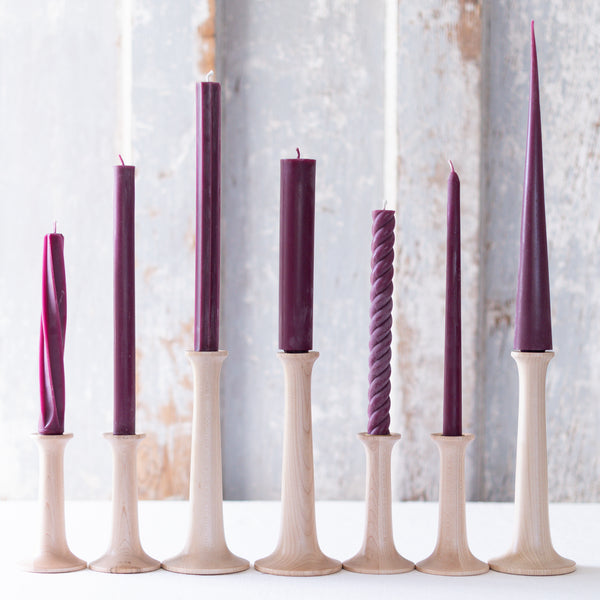


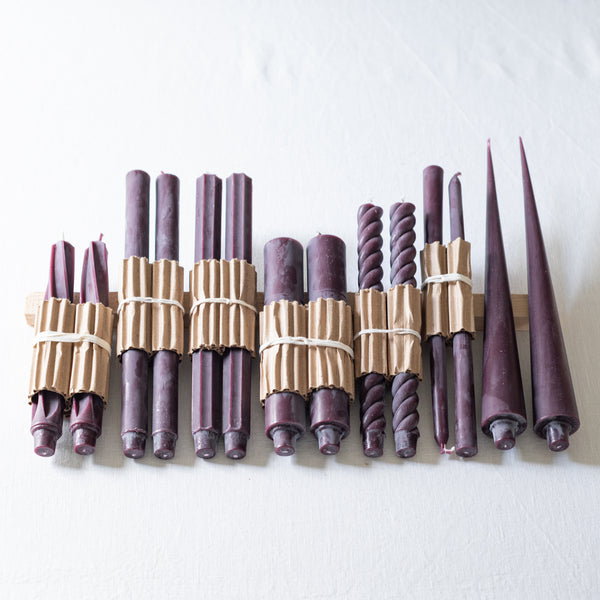
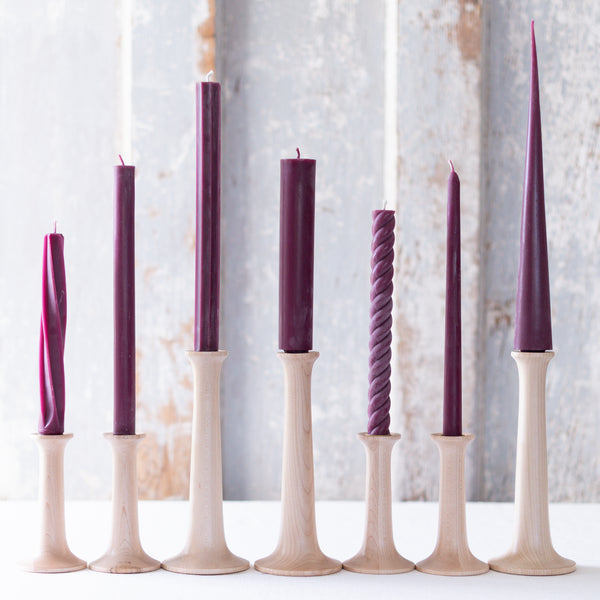
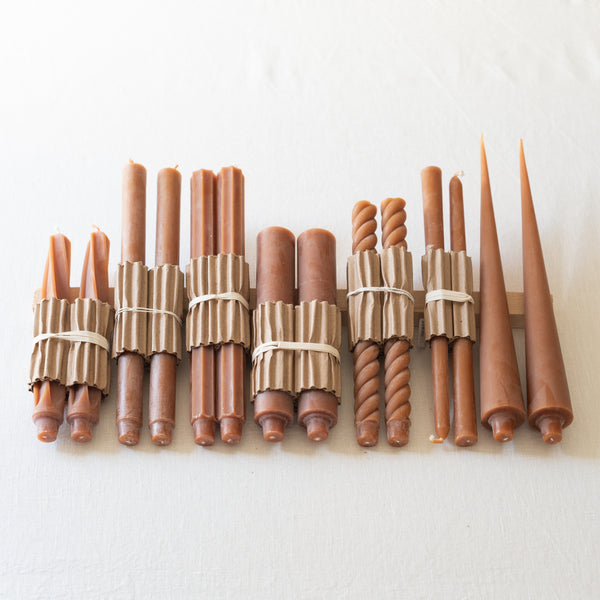
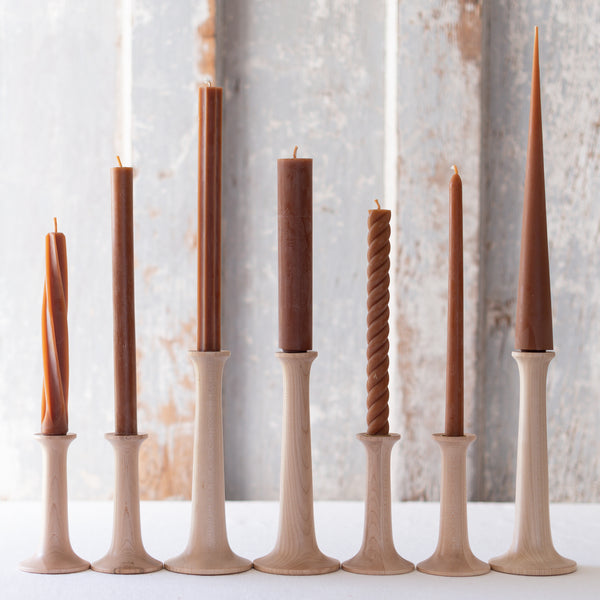
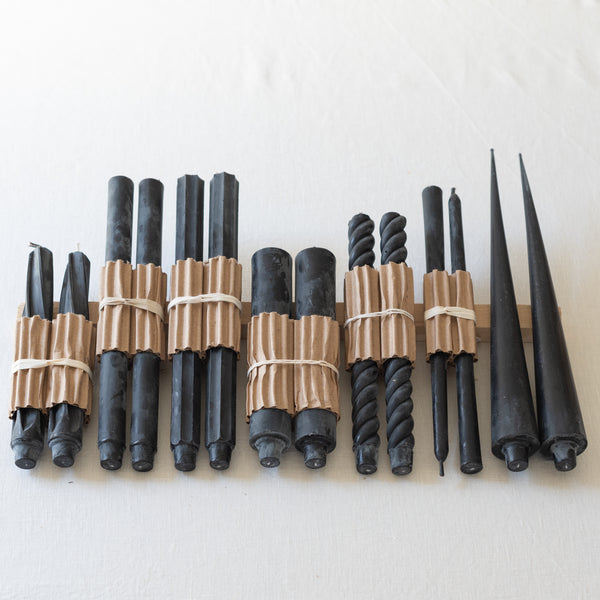
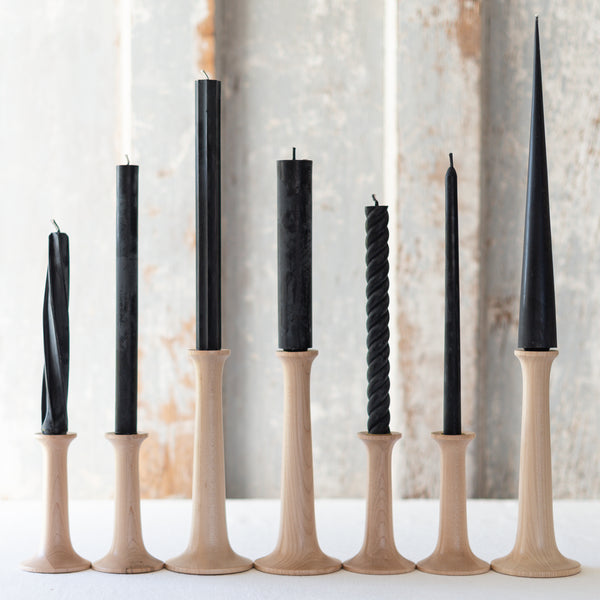
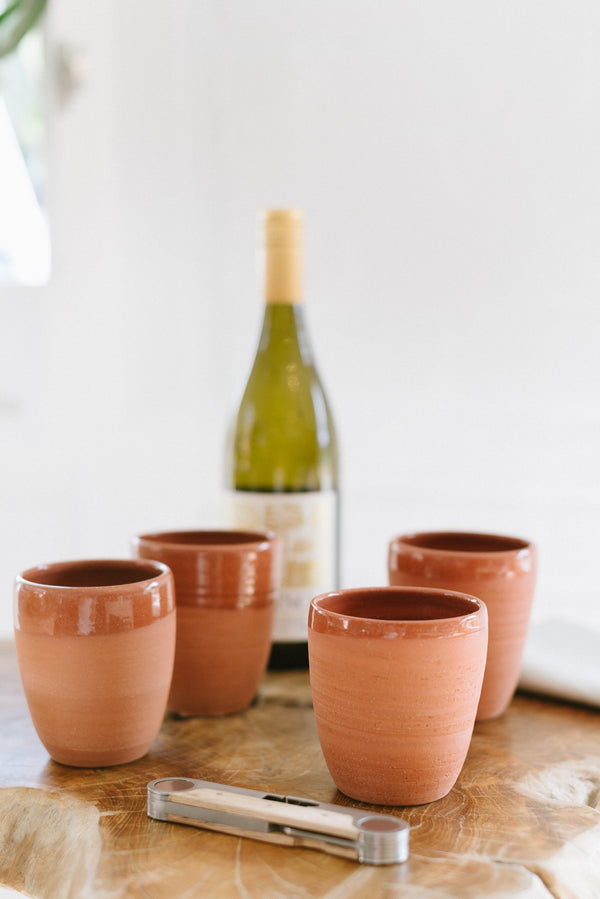
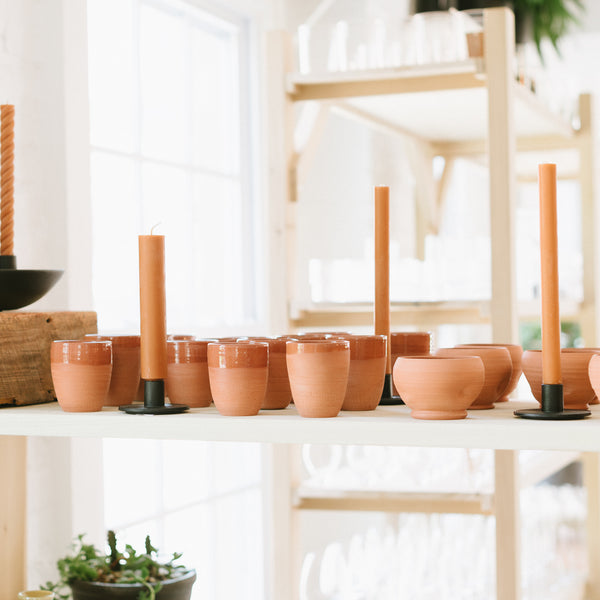
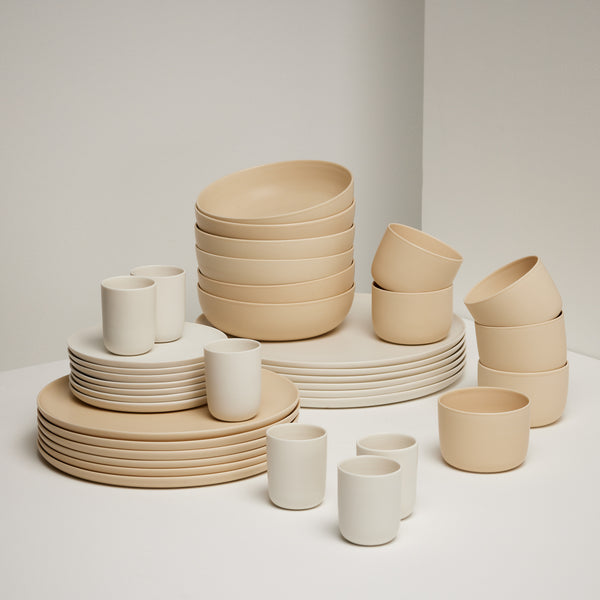
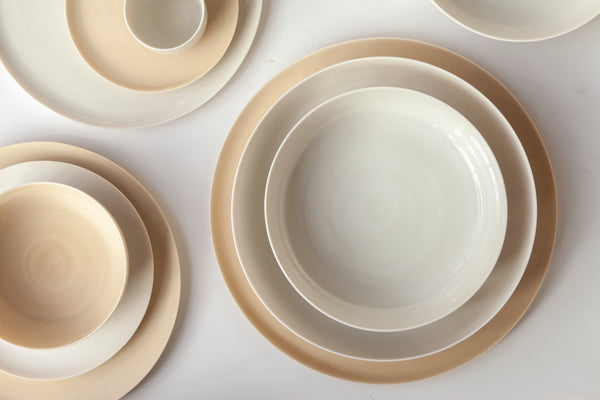
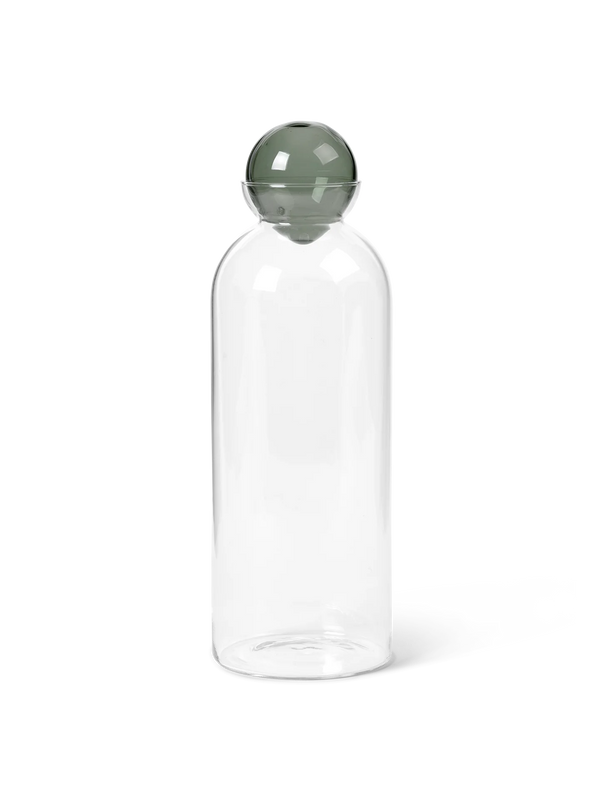
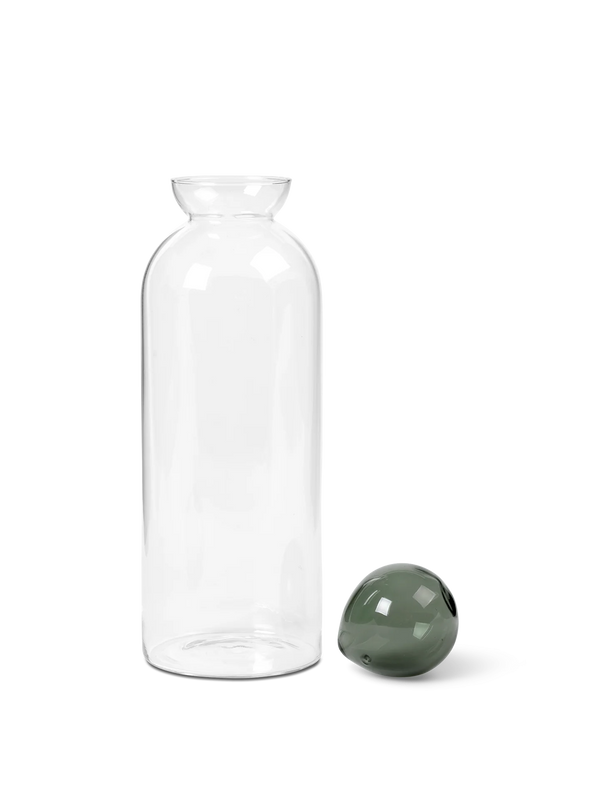

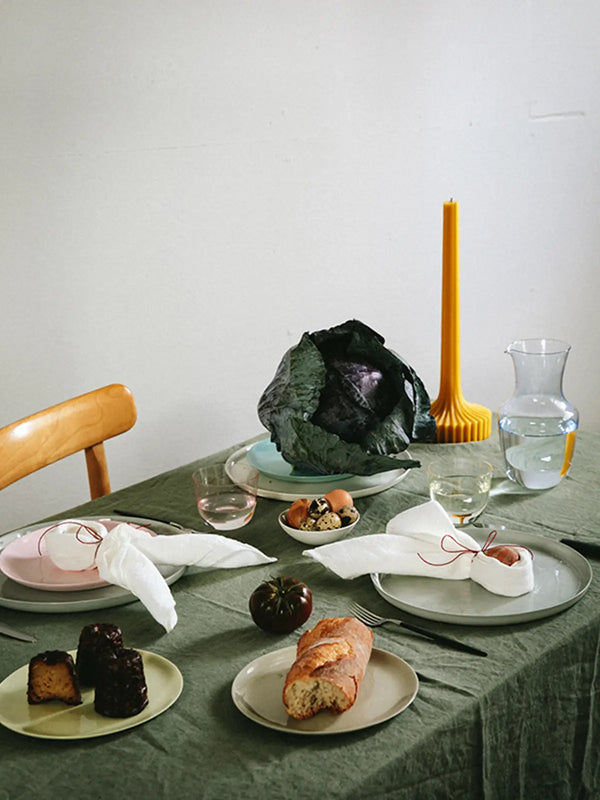

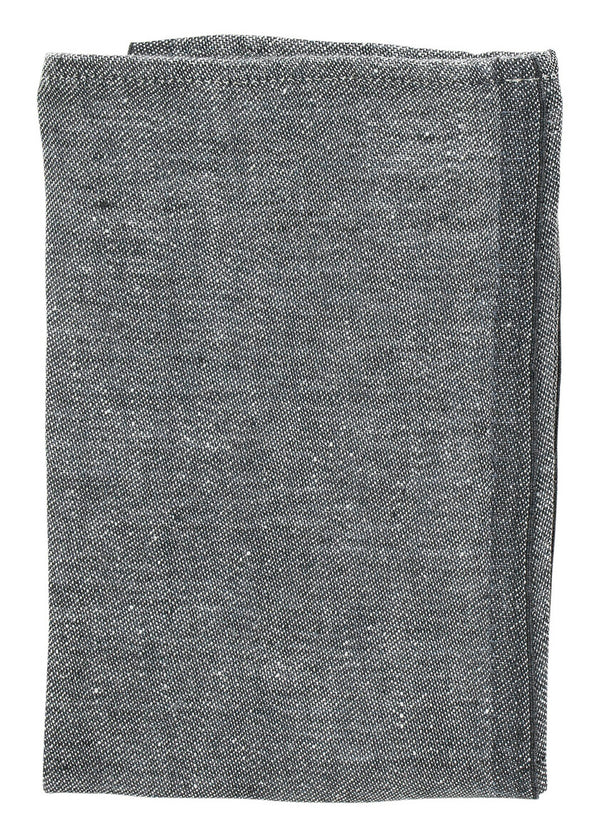
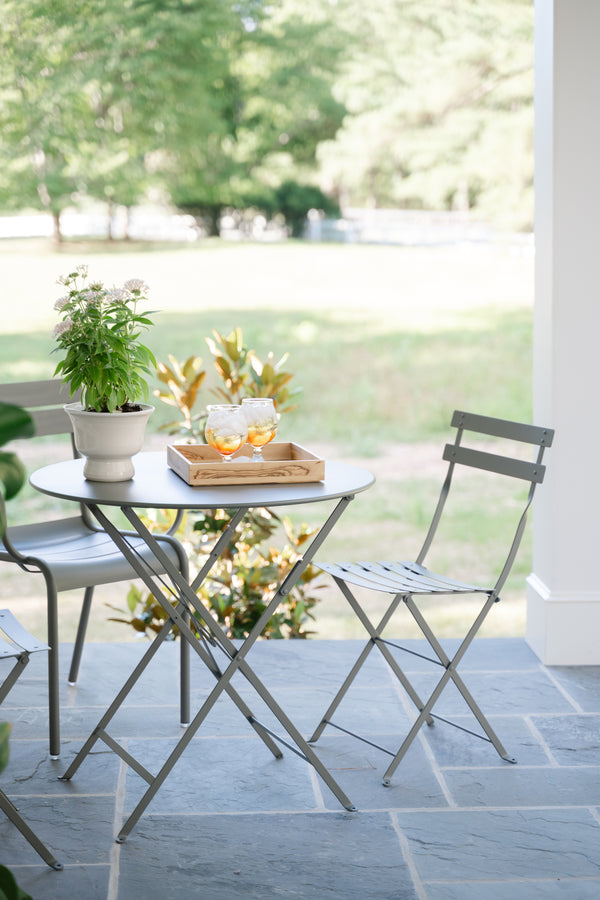
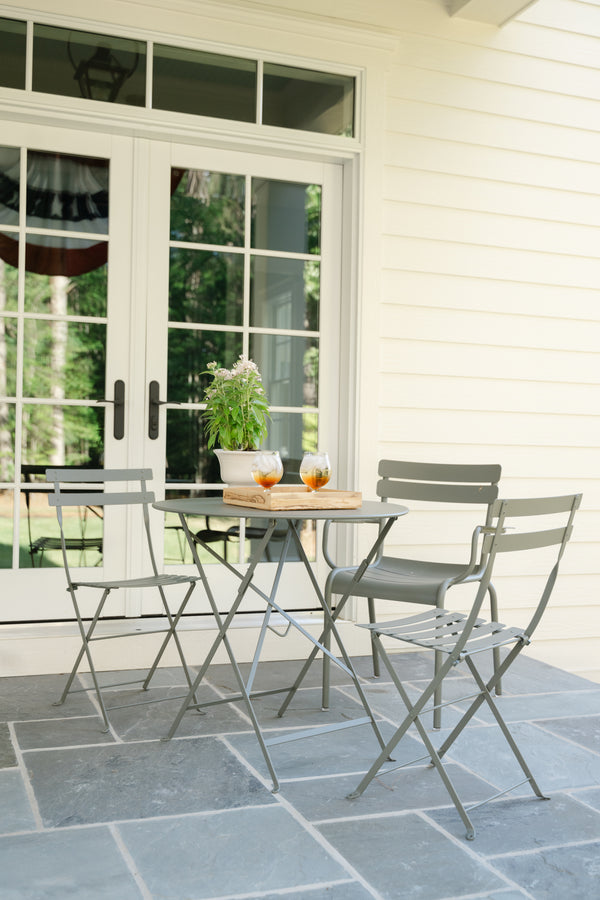
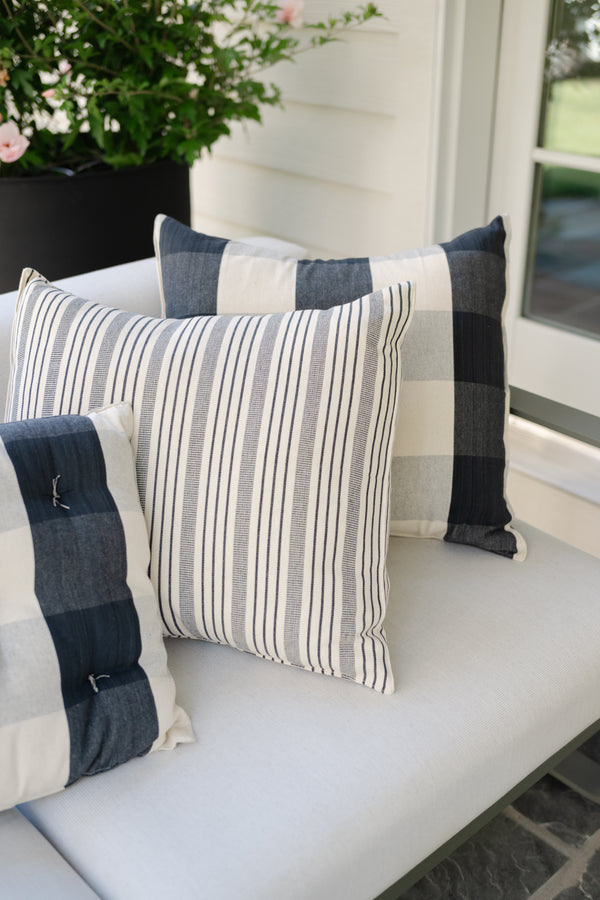

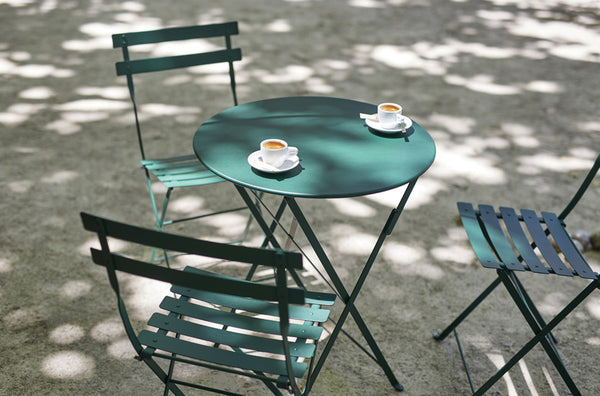
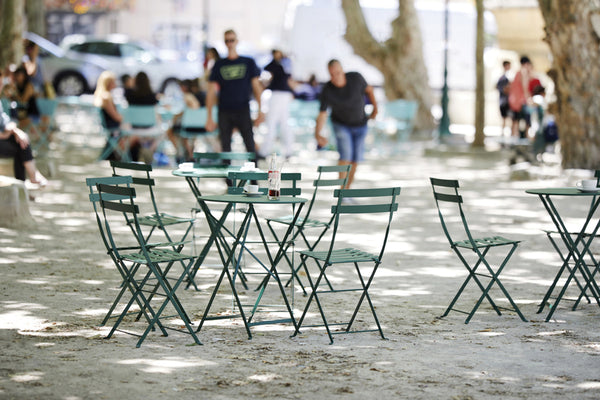

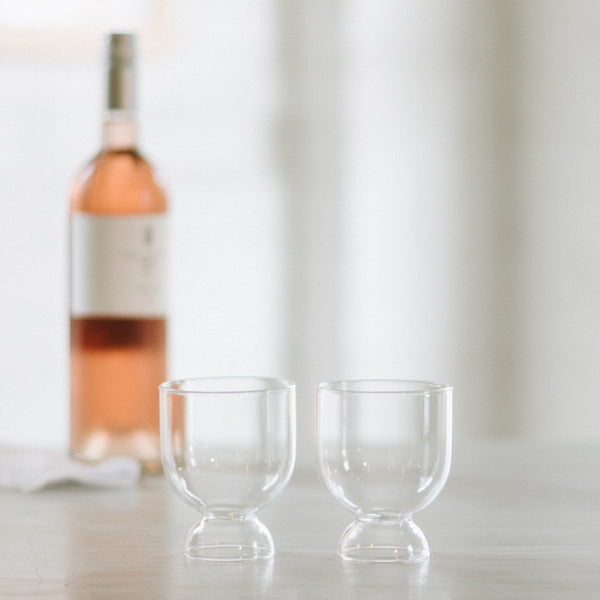


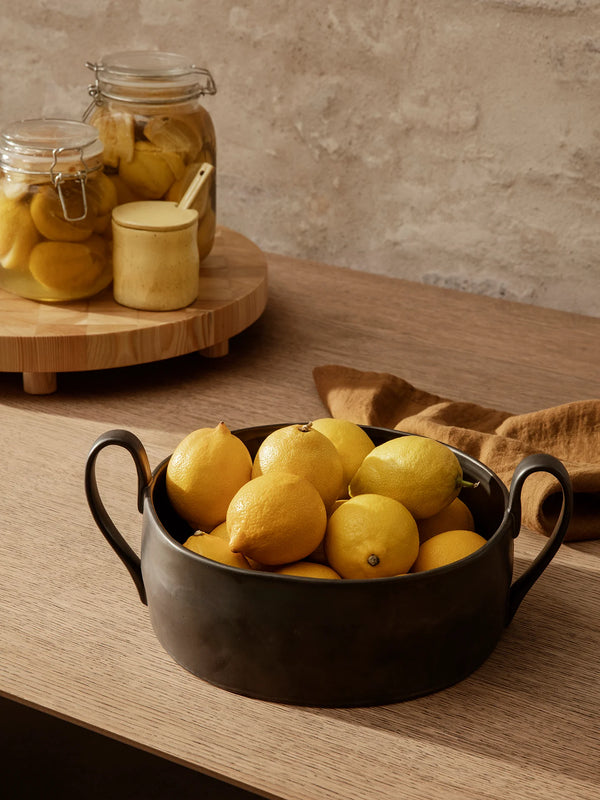
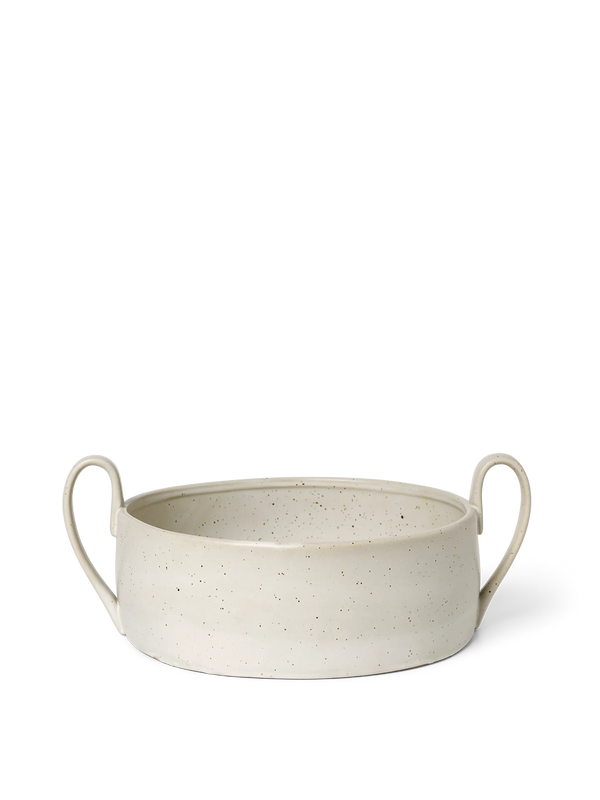
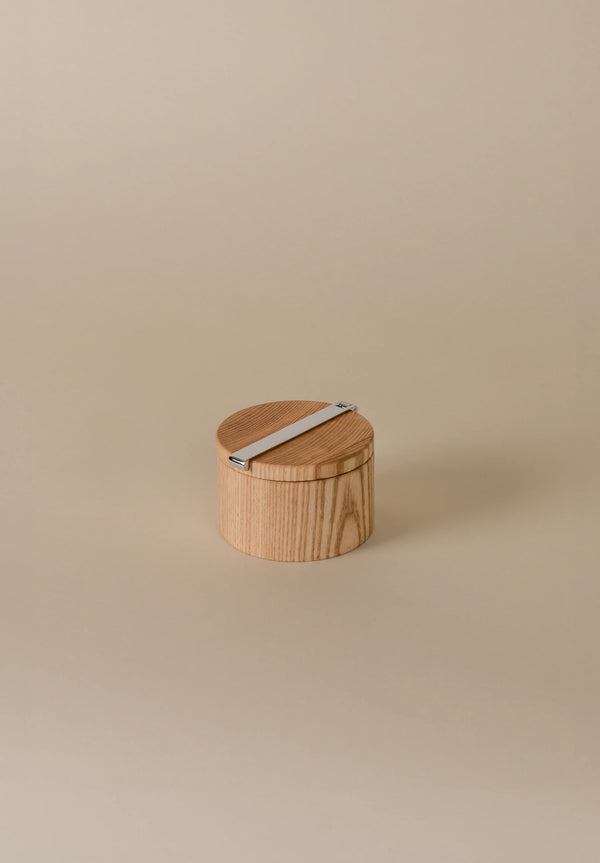
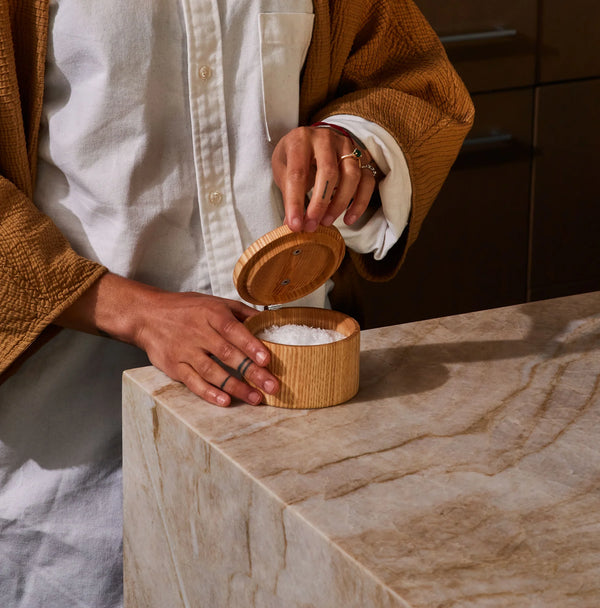





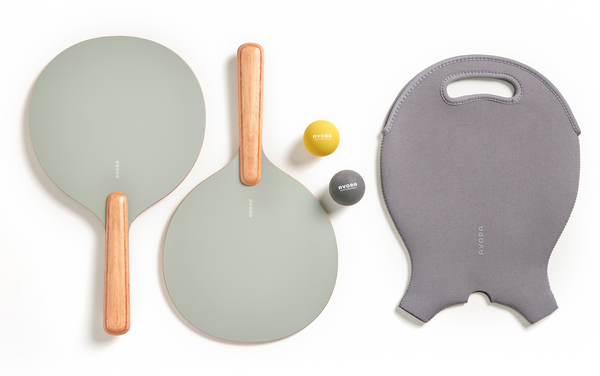
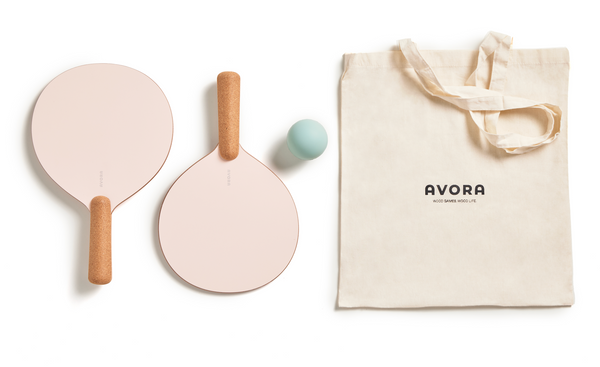
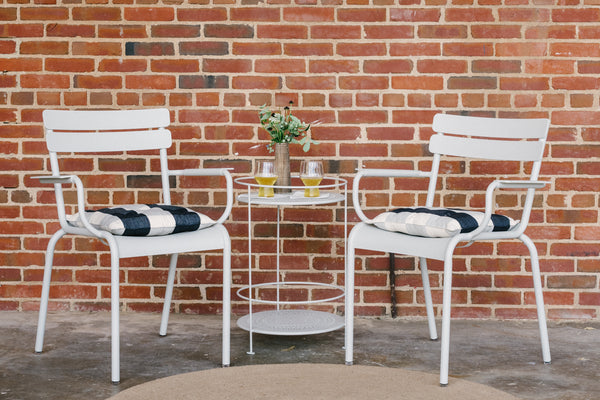

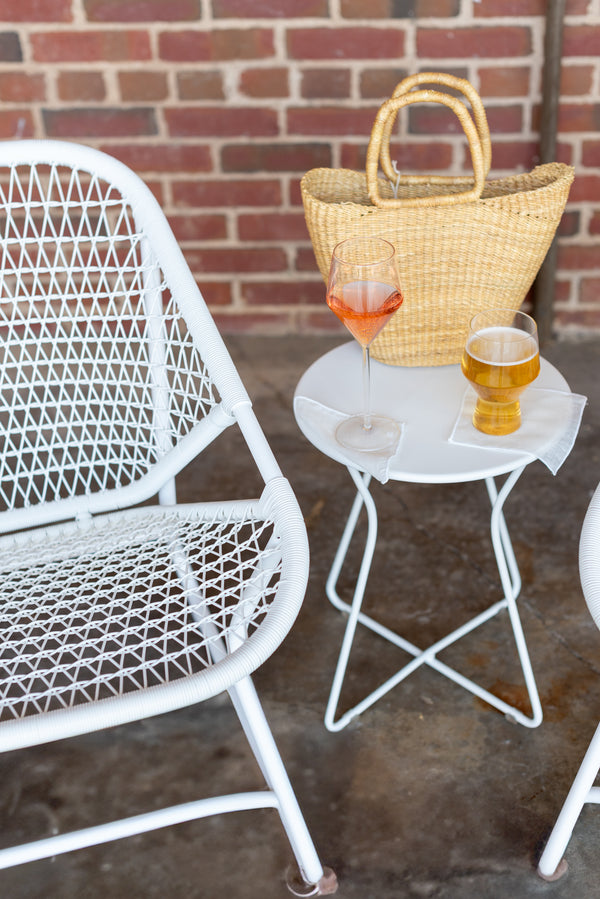
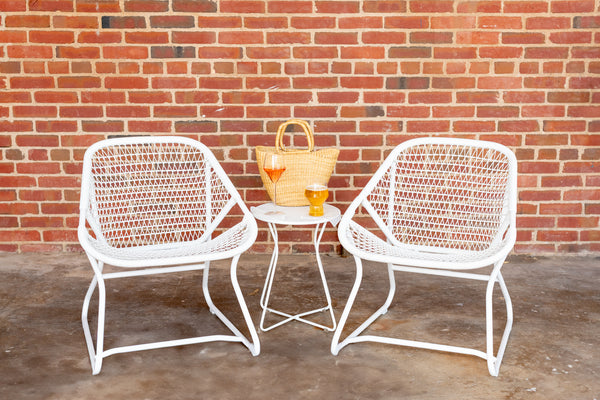
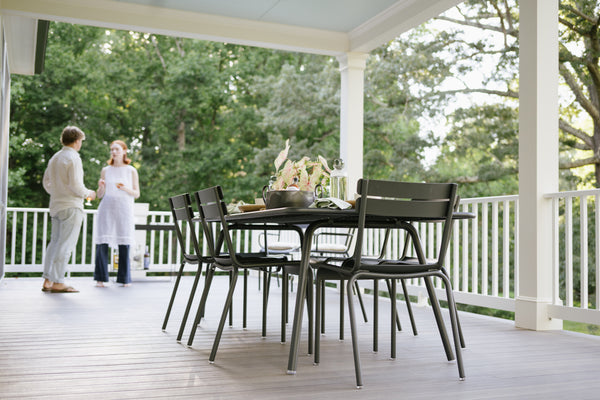
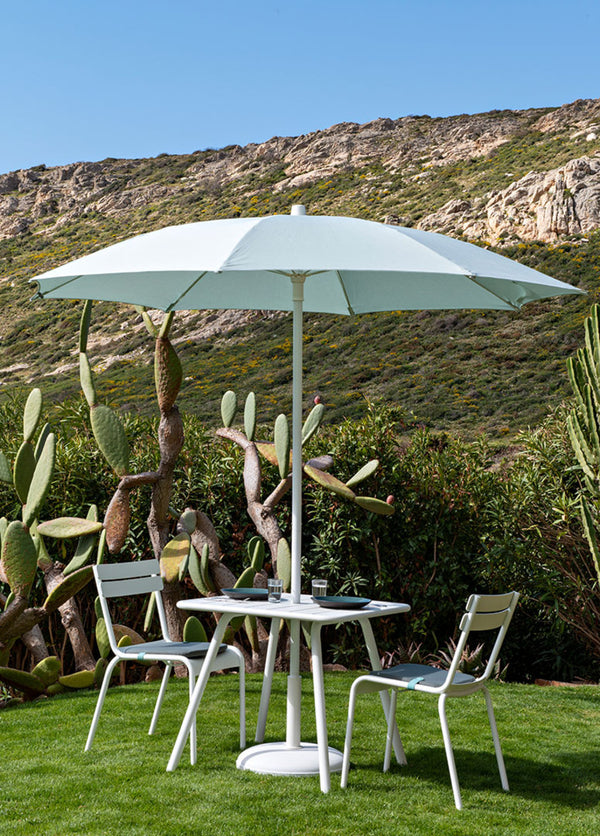
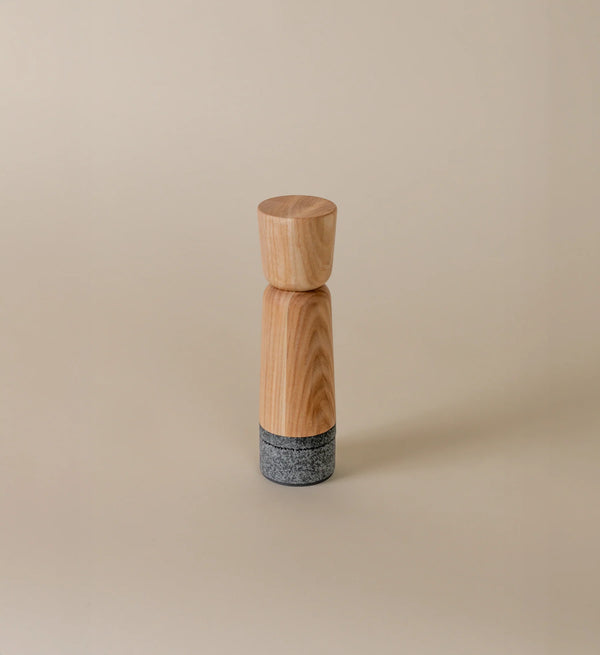

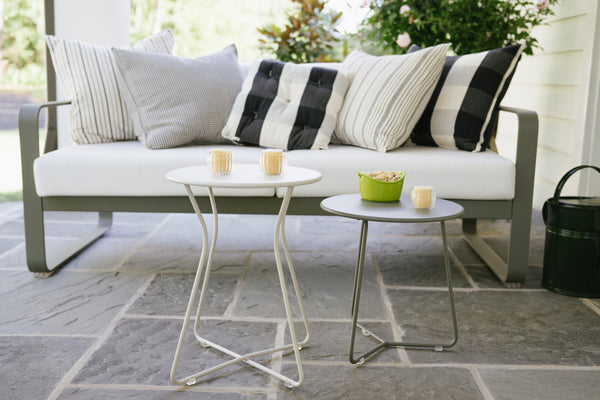
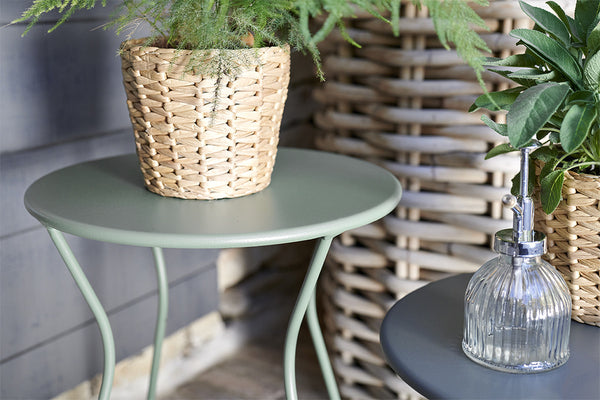


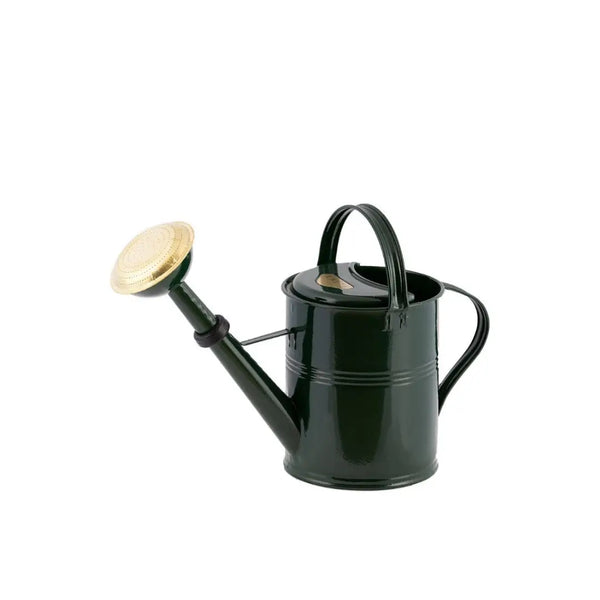
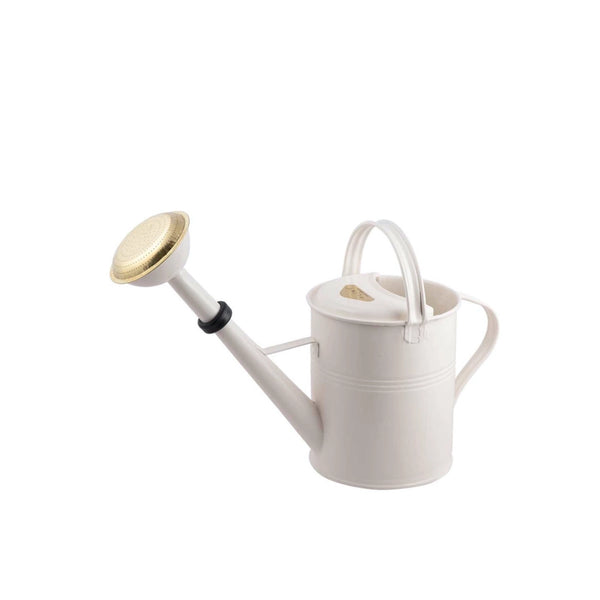

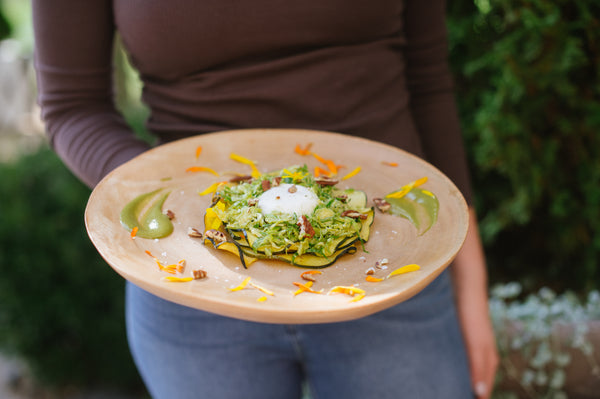

Leave a comment